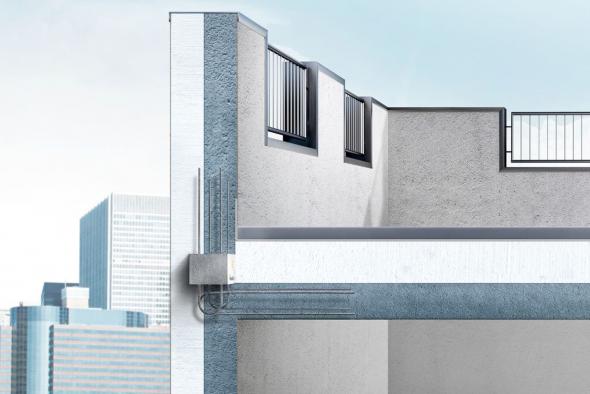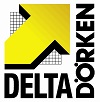Thu 26 May 2016
It is well documented that parapets allow conductive materials to transfer energy through the thermal barrier and are therefore just as prone to the problems of thermal bridging as balconies. In the majority of cases, the conventional method of insulating parapets is to wrap the perimeter of the wall with an insulation barrier. This is costly and has associated long term risks. However, the new Schöck Isokorb AXT offers a cost-effective and more thermally efficient alternative. Its 120mm insulation thickness results in low psi-values and therefore significantly reduces heat loss – and there is no wrapping required. It permits a more sophisticated construction opportunity for greater freedom of design and allows flexible distance between elements according to load requirements. An added benefit being that there is no risk of any additional thermal bridging through balustrade fixings.
Other key factors in the selection criteria for suitable solutions are durability and water impermeability. The Isokorb type AXT solution does not require maintenance and there is no risk of expensive restoration due to waterproofing problems. Wrapped components are similar in principle to an insulated flat roof, with many of the associated problems. They are prone to damage and almost inevitable repair and maintenance outlay; particularly where railings or covers pierce the insulating layer. With thermally separated parapets, railings and covers can be attached directly into the concrete. The Isokorb type AXT is assessed as a ‘Certified Passive House Component’; provides BBA Certification, LABC Registration and NHBC approval and meets full compliance with the relevant Irish building regulations. The temperature factor used to indicate condensation risk for occupants in residential or commercial buildings – the (fRsi) value – must be equal to or greater than 0.75 or 0.50 respectively, and is comfortably met by incorporating the Isokorb.

























